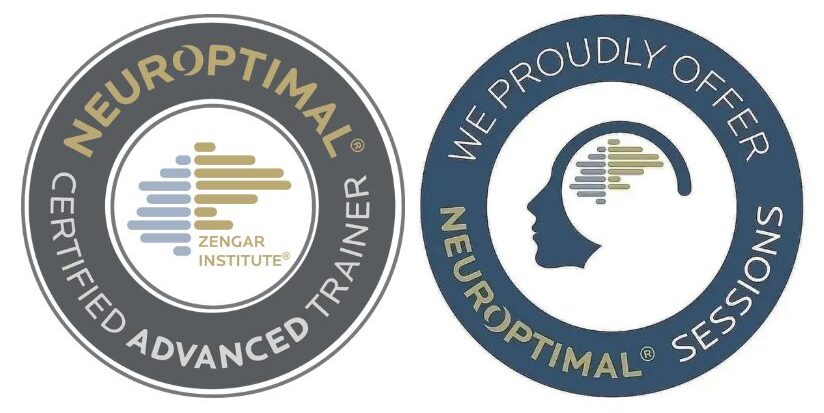Background
This success story follows a teenage boy on the Autism Spectrum who began neurofeedback at the age of 14. He is verbal and was already engaged in various supports, but his parents were looking for something more wholistic for his brain, particularly to support his social skills. Their main goals were to help him improve eye contact, develop better conversation skills and retain the basic structure of social exchanges like greetings and turn-taking. The family began with bi-weekly in-office sessions, continuing consistently for two years before transitioning to an at-home rental system, which they used for another 2.5 years and counting.
His Journey and Results
Over the course of this long-term Neurofeedback journey, the changes were steady and meaningful, building over time in a way that felt natural and empowering.
His ability to hold and maintain eye contact improved noticeably, reducing awkwardness and increasing confidence in social settings.
He gained greater autonomy in his interests, choosing activities for himself and articulating his preferences using appropriate, self-advocating language.
One of the biggest shifts was his understanding of conversational flow, he became more able to recognise when to speak, when to listen, and how to change and go with other topics naturally. He doesn’t become as fixated as he did previously.
These improvements didn’t happen overnight, but compounded gently over time forming a strong foundation for lifelong communication skills.
Whole Household Impact
The impact at home was significant. His sister remarked how much easier it had become to connect with her brother. This is a relationship that had previously felt unreachable. The overall household dynamic softened as communication became more fluid and less effortful. His parents were deeply pleased, not just with the progress, but with how the system became a quiet, consistent support in the background of their lives.
Conclusion
This teen’s experience shows how Neurofeedback for Autism could offer long-term, cumulative supports in secondary challenges. With the flexibility of at-home use, Neurofeedback became a sustainable part of this family’s rhythm. Delivering small but powerful wins over time. Years in, they continue to benefit from the steady, compounding effects of brain training with other supports and remain committed clients to this day.


